Introducing air ambulance
Air ambulance is one of the most suitable vehicles for transporting patients. Today, many special medical centers are equipped with air ambulances that have performed patient transportation services in special and sensitive conditions. With its superior and fast services for transporting patients, this technology has saved many lives so far. In particular circumstances, relief teams have been able to transport the injured to hospitals in crisis areas.
Air ambulance services:
In order to transfer patients from one city to another or one country to another country, the air ambulance is provided through a trained team during the crucial time. Also, during the transfer, the patient may face critical conditions, so for this purpose, experienced medical staff who are with the patient can control this condition. Transfer of patients with particular physical conditions is another outstanding service of this type of ambulance. Air ambulances can also be used for speed and safety in transplanting organs, and drug delivery for specific patients is another service of this type of ambulance.
Essential features of air ambulance:
- Equipped with a cabin suitable for transporting patients with particular physical conditions
- Equipped with outstanding medical facilities as well as enough space for medical staff
- Have a flight radius to maneuver in remote locations to transport the injured to medical facilities
Benefits of air ambulance
- One of the most important advantages of air ambulances than ground ambulances is transporting the patient. This issue has caused problems and the death of the patient in many cases due to transfer speed.
- Another advantage of this ambulance is the transfer with the least time and safety of medications for individual diseases and organ transfer.
- Air ambulances can easily maneuver in areas where it is impossible to cross and transport the injured to the hospital.
- One of the crucial advantages of this type of ambulance compared to other ambulances is safe to transfer.
- Having a large space to have special facilities for medical equipment as well as the medical team and the patient
Air ambulance standards
- Having experienced and skilled flight crew (because patient transfer by air ambulance occurs in emergencies)
- This ambulance must have health insurance by official institutions.
- Equipped with standard medical equipment and experienced medical staff
Medical equipment in air ambulance
- Equipped with breathing apparatus equipment: heart monitor – oxygen cylinder – injection pump, etc.
- Patient’s bed: The patient’s bed must be suitable for his condition and must also have a support belt.
- If the patient is in critical condition and has an emergency, he should have the following equipment:
ICU for heart patients – BICU (for patients with burns) – MICU – PICU (for transporting children in critical condition) – NICU (for transporting infants in critical condition) – and CCU equipment
Safety tips for transporting patients by air ambulance
- Check the patient’s condition before the patient enters the air ambulance
- Controlling the patient’s clinical condition during patient transfer
- Nursing and medical staff keep the patient’s breathing conditions and pressure constant during the flight
- Setting the right time to transport the patient during the flight (flight crews must deliver the patient to the destination at a specific and accurate time so as not to cause any problems)
- Check the pre-flight system to avoid in-flight hazards or flight delays
- Check air conditioning before the patient’s air transfer.
- Adjust the appropriate equipment and the proper medical and nursing staff for the distance required to transport the patient by air ambulance.

 PER
PER